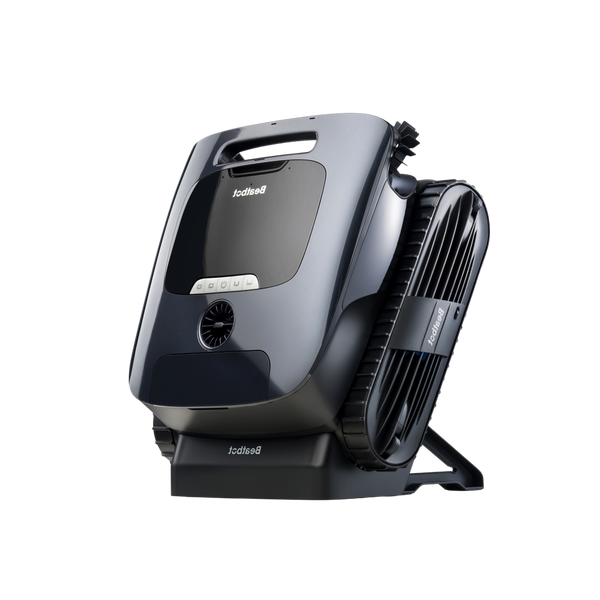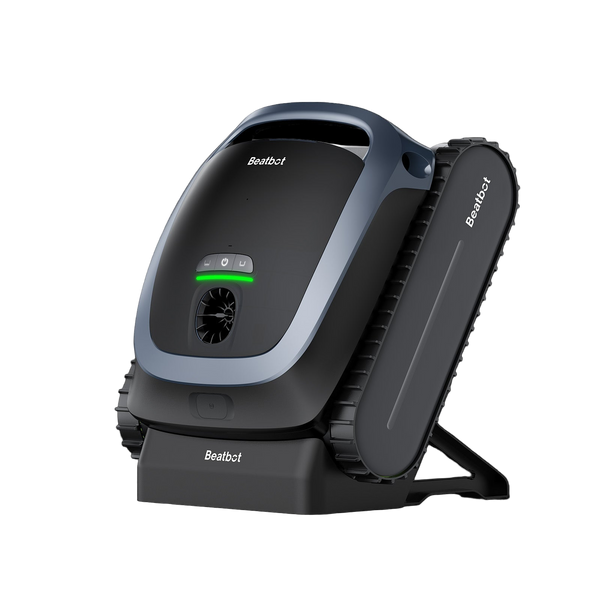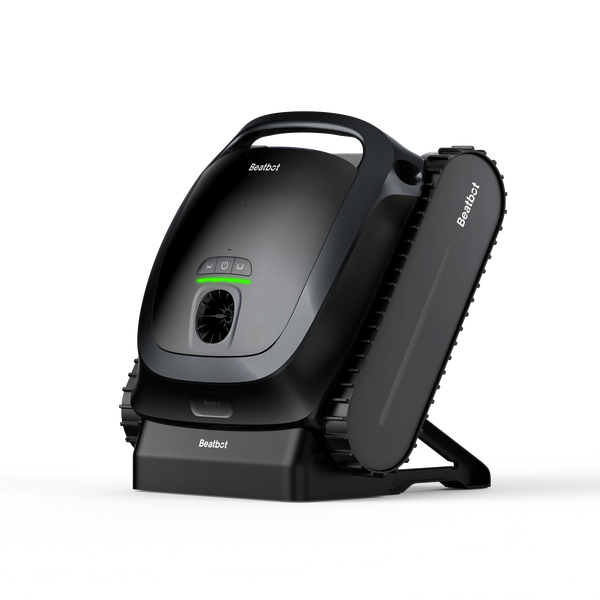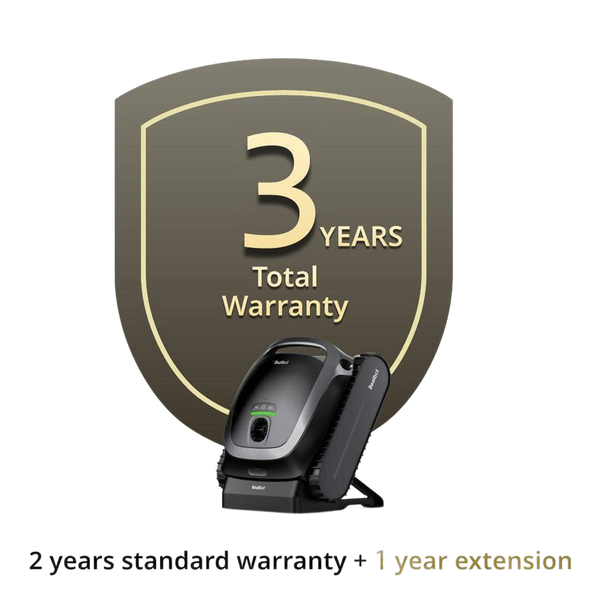Pool Light Replacement: DIY Guide & Safety Considerations
Perhaps from the oldest moment of fanscinating owning a pool, you conjured images of stunning pool lights. They serve as the crown jewels of pool decor, especially as the sun sets, casting a glow that's both illuminating and elegant, and demonstrate a decent taste of your outdoor living space. But like all good things, lights can inevitably dim and malfunction. Therefore, knowing how to fix them is crucial. If you' re about to learn it from the scratch, you've come to the right place. This blog will provide you with a comprehensive walk-through on pool light repair.
Table of content

Do It Yourself:How to Replace Your Lights
Replacing pool lights may sound like a hassle, but in reality, if you know the ropes, it's not that tough at all. DIYing the job can save you a bundle compared to hiring a professional. Below is a comprehensive guide to help you through the process of replacing your pool light, from gathering necessary materials to final testing and cleanup.
Gather Your Tools and Materials
Before you get to your pool light project, make sure you've gathered these materials:- Pool light bulbs compatible with your existing fixture used for replacement- A screwdriver (either flat head or Phillips head, that depends)- A non-contact voltage tester to ensure safety- Waterproof electrical tape for securing connections- A new gasket for the light fixture, if necessary- Pool putty for sealing ( it can be optional)- A towel or rag to protect the fixture and workspace.
Everything's Ready; Let's Dive in and Get Our Hands Dirty!
Remove the Light Fixture
Find the screw at the top of the light fixture and carefully remove it using your screwdriver. Then, gently pull the light fixture out of its niche, ensuring you don't damage the cord. Place the fixture on a towel and inspect it and the cord for any signs of wear or damage.
Open the Light Fixture
Most fixtures have a lens cover held by screws or a clamp. Remove these and carefully lift off the cover. Check the rubber gasket for any signs of wear. If it’s cracked or brittle, just replace it to ensure a watertight seal.
Replace the Pool Light Bulb
Unscrew the old bulb and set it aside for disposal. After that, screw in the new pool light bulb, ensuring it is securely in place. Briefly turn on the power to test the bulb, then turn it off again to proceed with the fixture assembly.
Reassemble the Fixture
If you decide to ultilize a new gasket, place it around the lens cover. Secure the lens cover back onto the fixture using the screws or clamp, and use pool putty around the edge of the lens cover for an added watertight seal.
Reinstall the Light Fixture
Carefully place the light fixture back into its niche in the pool wall to ensure the cord is neatly coiled. Replace the screw at the top of the fixture to secure it in place.
Testing and Cleanup Finally
Turn the power back on at the circuit breaker and flip the pool light switch to ensure the new bulb is working correctly and illuminating your pool as expected. Gather your tools and materials and store them safely. According to local regulations, you can choose whether you should dispose of the old pool light bulb . By following this detailed guide, you can successfully replace your pool light, enhancing both the functionality and aesthetic appeal of your swimming pool. Remember to always prioritize safety by working with a voltage tester and turning off the power before handling any electrical components. With the right tools and a methodical approach, this DIY project is well within reach.
Safety Considerations
- Always work with a voltage tester to ensure no electricity is flowing to the installation area before handling electrical connections .
- Engage a licensed professional for proper electrical work, especially if you are unsure about any aspect of the installation .
- Ensure that the new light is compatible with your pool’s voltage system (12V or 120V) and is designed for underwater use.
Can You Change a Lightbulb in a Pool With Water in It?
Changing a lightbulb in a pool filled with water is not advisable. Pool lighting is specifically designed for safety, with installations and maintenance procedures meant to occur outside of water environments.
Why It's Unsafe
- Electrical Hazards : When pool lights are operational, they conduct electricity. If improperly installed or if there are defects in grounding or wiring, this can pose a serious risk of electric shock.
- Potential Malfunctions : Any flaws in the electrical system can be exacerbated by the presence of water, increasing the danger.
Safe Replacement Procedures
Lower the Water Level : Before attempting any maintenance on pool lights, reduce the water level so that lights are no longer submerged. Utilize tools like a submersible pump or siphon to achieve this safely.
Remove and Replace : With the light fixture exposed and accessible, it can be carefully removed, allowing you to replace the bulb.
Important Safety Considerations
- Professional Assistance : Always consult with or hire a qualified technician for electrical work, ensuring adherence to safety standards.
- Adhere to Safety Protocols : Maintain rigorous safety measures whenever dealing with electrical components near water.
By following these guidelines, you can enhance safety while performing maintenance on pool lighting. Prioritize professional help to mitigate risks associated with electricity and water.

FAQ
Q: What type of bulb should I choose for my pool light?
A: Choose a bulb that matches the specifications of your existing fixture in terms of wattage, voltage, and mounting type. LED bulbs are highly recommended for their energy efficiency and longevity.
Many pool owners are upgrading their traditional incandescent or halogen pool lights to LED options. Why? LED pool lights offer lower energy consumption and longer lifespan, making them an attractive choice for those looking to cut down on maintenance and energy costs.
LED bulbs aren't just efficient; they also provide brighter and more vibrant illumination. Plus, they come in a variety of colors and can be easily controlled with a remote or automated system, adding a touch of customization to your pool area.
When making the switch, ensure that the LED light fixture is designed to fit your pool's existing niche. Some LED options retrofit seamlessly into existing housings, while others may require adjustments to fit properly.
In summary, replacing your old pool light with an LED not only enhances your pool's aesthetic appeal but also contributes to a more eco-friendly and cost-effective swimming environment.
Q: How often should I check my pool light for maintenance?
A: Regularly inspect the light for wear and replace bulbs or fixtures as needed. Monthly checks are recommended, especially before the swimming season starts .
Q: Can I replace the pool light by myself, or do I need a professional?
A: While it is possible to replace the pool light as a DIY project, if you are not comfortable working with electrical components or if the installation process seems complex, it is advisable to consult a professional .
Q: What should I do if the new light doesn't work after installation?
A: If the light doesn't work, first check the bulb and wiring connections. If the issue persists, contact the pool’s manufacturer or a professional electrician for assistance .
Q: Is Changing a Pool Light Expensive?
Changing a pool light can range in cost, influenced by multiple factors. These include the type of light fixture you have, the dimensions and depth of your pool, and how accessible the light fixture is.
For a standard light bulb replacement, costs typically range from $100 to $500. This figure encompasses the price of the bulb and labor. Labor tasks often involve draining part of the pool, removing the existing light fixture, and installing the new bulb.
Some fixtures may be more complex or expensive than others, which can elevate the cost. Larger or deeper pools may see increased labor costs due to the difficulty of reaching the fixture. If accessing the fixture is complicated due to pool design or obstructions, this can also add to the cost.
Q: How deep should the electrical conduit be buried?
A: The electrical conduit should be buried approximately 2-3 feet down within the trench to avoid interference from future digging or excavation activities .By following this step-by-step guide and adhering to safety considerations, you can successfully replace your pool light, ensuring a safe and enjoyable swimming experience. Regular maintenance and inspections will help keep your pool light functioning efficiently for years to come.

Relative Blogs
About the author



















